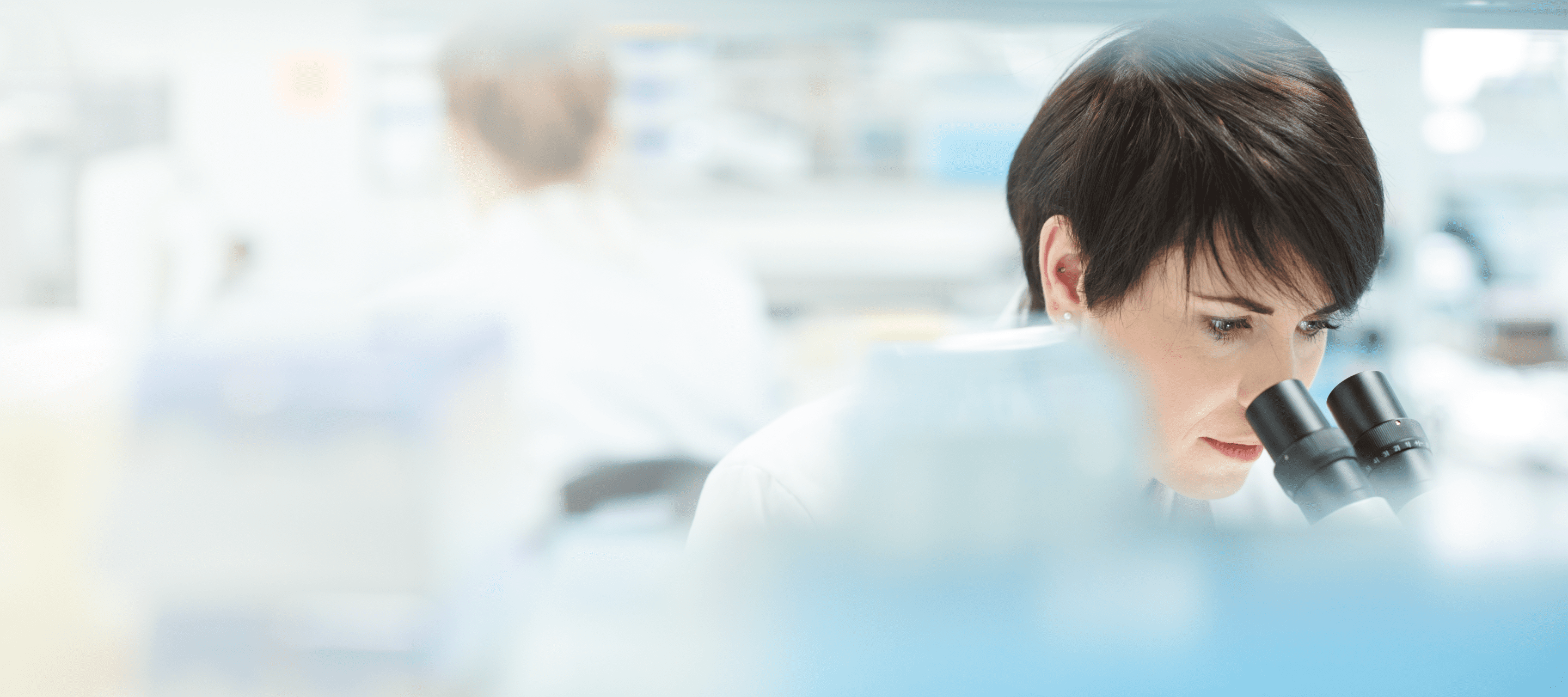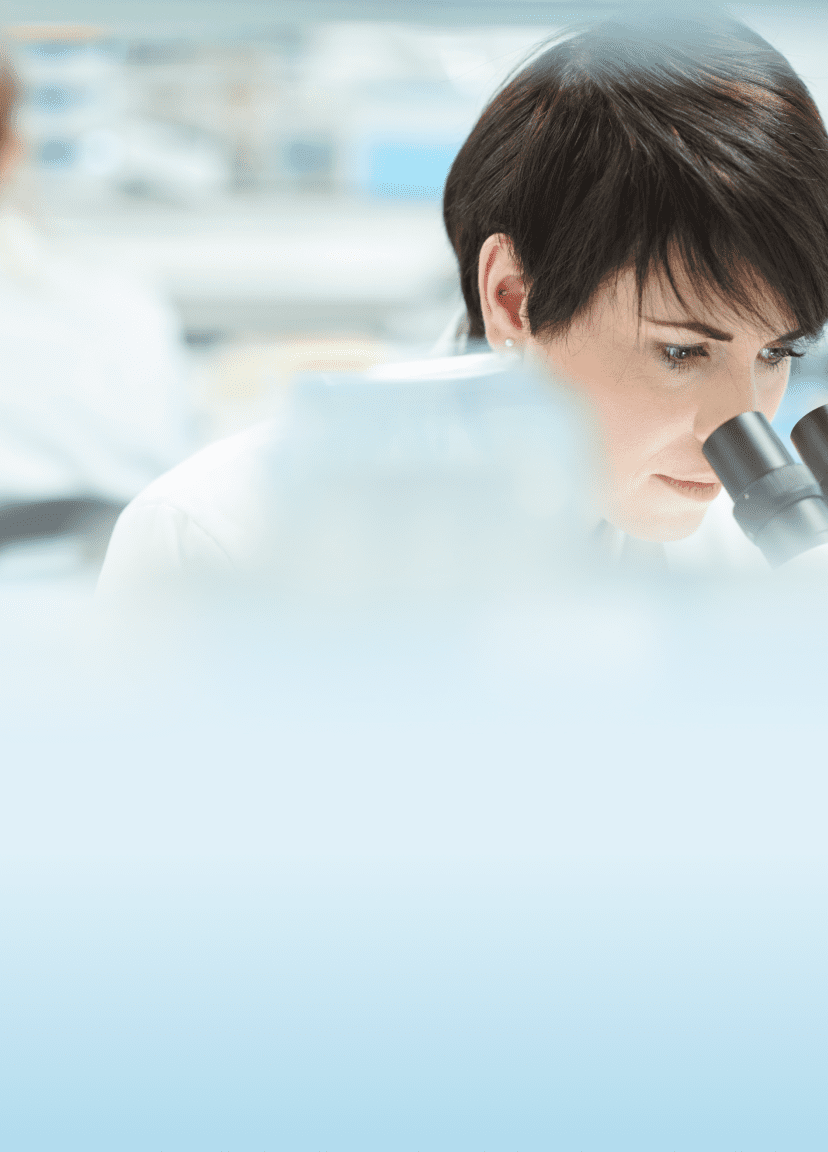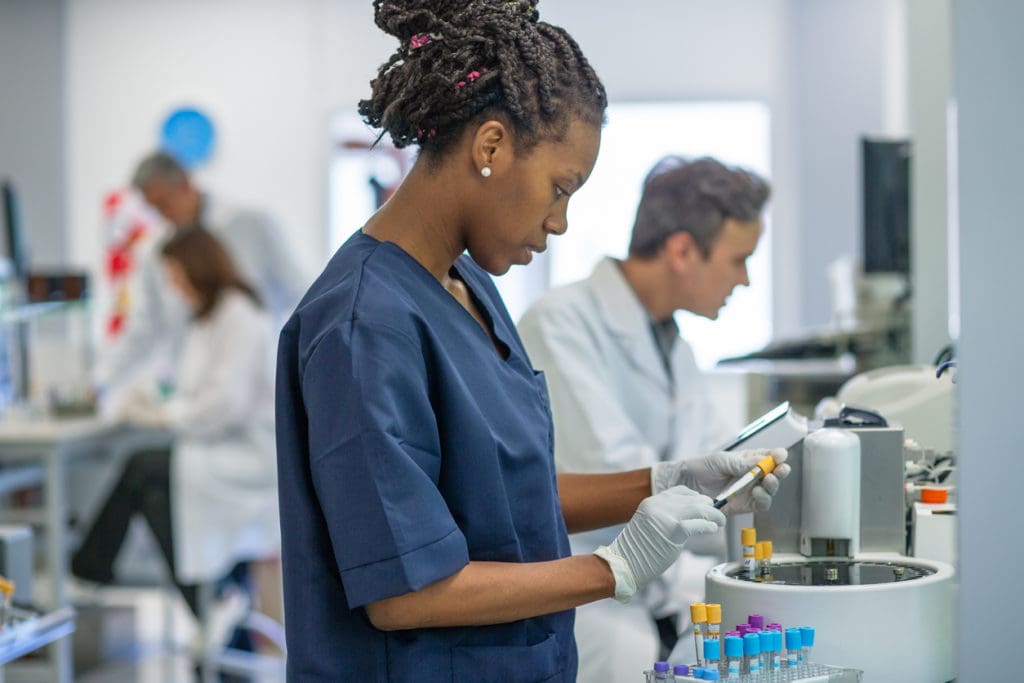

Flexible automation in drug discovery: An expert’s perspective
We sit down with John Vincent, Senior Scientist at Medicines Discovery Catapult, to discuss why flexible lab automation is the way forward for the drug discovery industry
Drug discovery labs have long benefited from automated equipment. Eliminating the highly-repetitive processes, such as liquid pipetting, involved in high throughput screening were some of the earliest wins for lab automation.
As the drug discovery market grows exponentially, to reach a value of $110.4bn by 2025, significant investment in automation is required to help labs achieve the scale and quality needed to keep up with the pace.
However, much like in other areas of science, the automation that has typically been available to drug discovery has been inflexible. Labs have often had to plan their infrastructure around automation equipment, and paid out large sums. Yet when their requirements have changed, their automation solutions have been unable to change with them.
Thankfully, today, more flexible automation solutions are becoming available.
We sit down with John Vincent, Senior Scientist at Medicines Discovery Catapult, and an expert with experience running high-throughput screening, to learn about how flexible automation can enhance drug discovery processes.
Greater flexibility allows labs to automate multiple workflows
Automation solutions that can be flexible around changing workflows are necessary for drug discovery labs where “the requirements for a complete workforce may fluctuate over time,” Vincent explains.
“Depending on your lab’s infrastructure, the equipment and the level of automation available, you may be able to screen hundreds of thousands of compounds with just one or two people, supported by automation and robotics.”
However, for other assays, the requirements of automated equipment are very different.
“Some screens have to use less automation,” he adds. “For example, cell-based screens that require an awful lot of tissue culture. For screens like this that need a lot of manipulation, you have to run them at a far lower throughput. While you can use automation, screens like this require more people, and more specialists in the specific area.”
Flexible automation solutions – particularly modular solutions where equipment can be swapped in and out – can be more easily adapted to serve drug discovery lab’s varying workforce and workflow requirements.
Greater flexibility can lead to more cost savings
Costs are a significant factor when automating a lab. So, when they are only able to use automation for one workflow, financial barriers can make the technology inaccessible for the smaller players in drug discovery.
“It can be very expensive and difficult for a lab to set something up that they’re only going to use once,” explains Vincent. “A good lab automation solution is one that has built-in flexibility in order to lead to cost savings.”
The – often significant – cost of reagents is also reduced when automation is more flexible. As Vincent points out, the improvements automated equipment bring to scale and quality ultimately mean that reagents are used more resourcefully. When that automation is more flexible, these efficiencies can be spread across more workflows, resulting in a better use of reagents.
Greater flexibility will make automation more accessible
Not only does flexible automation result in cost savings, Vincent also contends that it could result in making automation more accessible to smaller players.
“I can definitely see opportunities for more ‘hubs’ run by contract research organisations (CROs) or screening facilities. By using flexible, automated equipment, these hubs could take on contracts for groups, and run their assays,” he explains. “This approach allows smaller companies the opportunity to test out their product without heavy investment”
“Today, the biggest stumbling block is getting the financial backing to take what is potentially just an idea through to something that you can prove works. And more flexible automation provides that,” he says.
Read more about Automata’s flexible, modular solutions for drug discovery.

Greater flexibility from automation partners make it easier for labs to use automation equipment
“You will always need somebody to run the automated systems,” says Vincent. “Just buying a fancy robot that no one understands how to use, or how to best optimise, means that labs never end up using it.”
He points out that labs also often have an idea for how they will use an automated system in the future, but when their work model changes, it never ends up being used.
“Additionally, if you already have an automated system and the expert who knows how to use it leaves, it ends up sitting in the corner, doing nothing,” Vincent adds.
This is where working with an automation partner who can be flexible around your needs and changing workflows is critical. With the right partner, lab workers can focus on their important, life-saving work, while the automation experts create solutions to work around their current needs.
Learn more about selecting the right automation partner.
